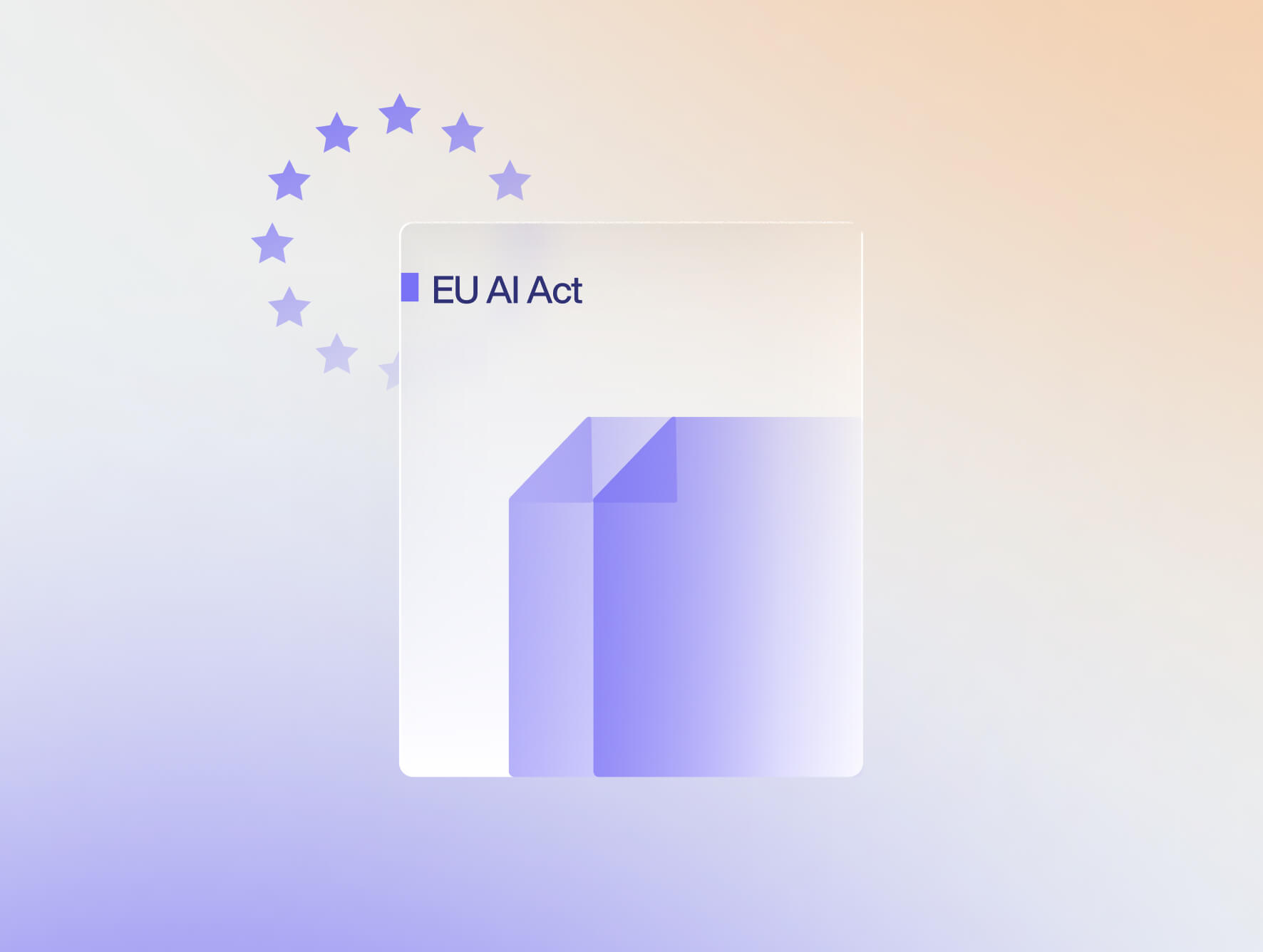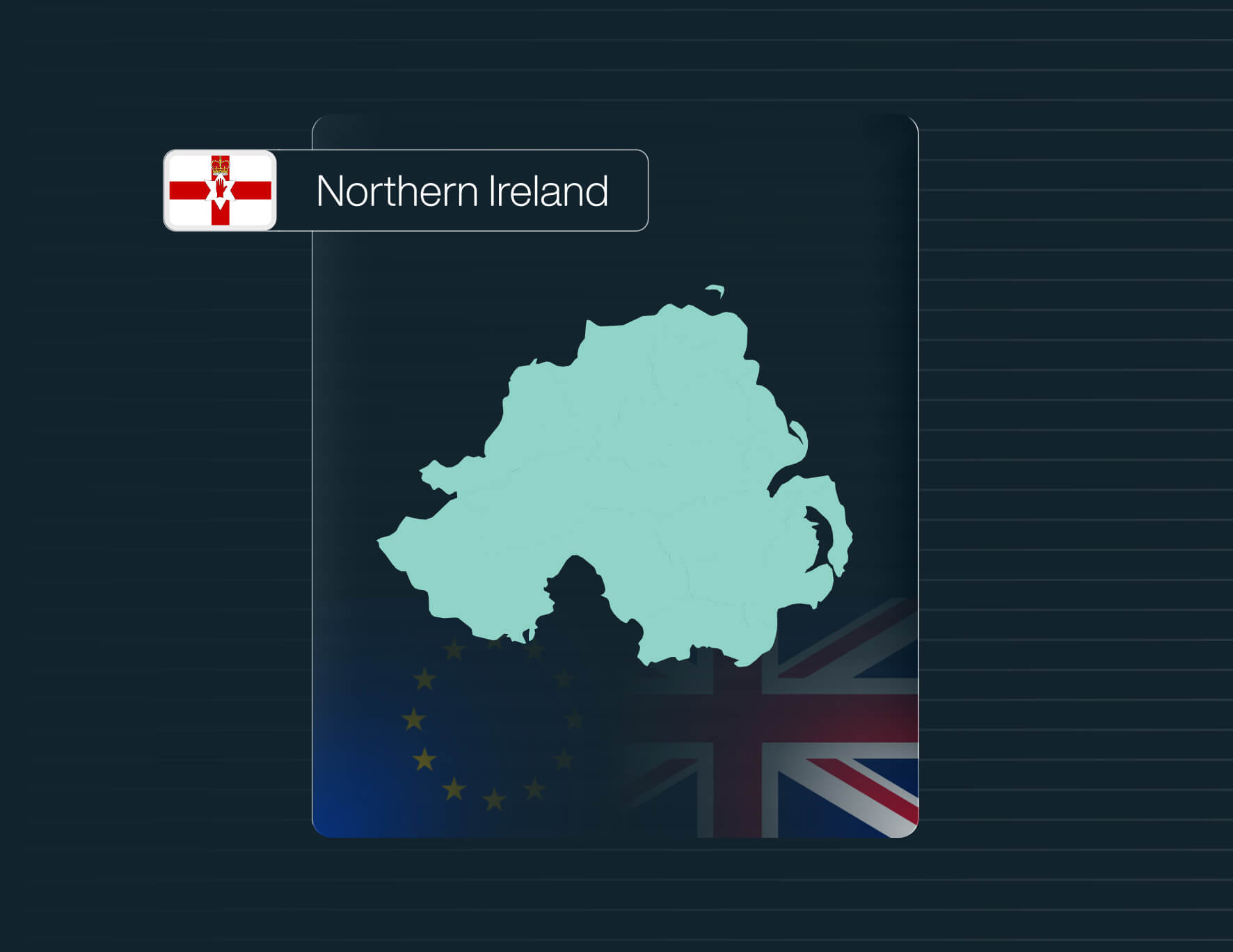After years of anticipation, Northern Ireland’s Department for Communities (DfC) has released its official response to the consultation on the Gender Pay Gap Information Regulations, setting out how statutory gender pay gap reporting will take shape across the region.
The DfC received 45 responses (41 reflected in its summary), revealing broad support for aligning Northern Ireland’s reporting framework with Great Britain’s — but with some key distinctions that reflect the region’s unique position under the Windsor Framework and its proximity to EU Pay Transparency Directive (EUPTD) obligations.
What’s Confirmed
- Comprehensive Coverage: Reporting will apply across the public, private, and voluntary sectors, creating one of the most inclusive frameworks in the UK.
- Mandatory Action Plans: Employers will be required not only to report pay gaps but also to publish action plans to explain and address them — a significant departure from Great Britain’s current voluntary standard (until 2027).
- Oversight and Publication: The Equality Commission for Northern Ireland (ECNI) will oversee enforcement. Employers must publish reports on their own websites, with a central reporting portal still under consideration.
- Alignment with GB Methodology: The DfC confirmed that reporting methodology, snapshot dates, and reporting frequency will mirror Great Britain’s approach, ensuring consistency across UK regions.
As of now, there will be no ethnicity and disability pay gap reporting required. The UK is in the midst of expanding beyond gender pay gap reporting under its Draft Equality Bill. The DfC cited concerns over data reliability and enforceability as reasons for not including ethnicity and disability pay gap reporting initially.
Items Still Under Discussion
The proposed 250-employee threshold remains under review. Only 38% of respondents supported that level, with many noting that smaller businesses dominate Northern Ireland’s economy. The DfC suggested it may revisit the threshold once the EU Pay Transparency Directive lowers its own reporting threshold to 100 employees, which would be in 2031.
No official start date has been confirmed, but the DfC stated that the regulations will be introduced after the Good Jobs Employment Bill receives Royal Assent — likely aligning with 2027 reporting, in parallel with the EUPTD’s full implementation timeline.
Pay Definition and Methodology
Notably, the DfC confirmed that Northern Ireland’s definition of “pay” will follow the UK Office for National Statistics (ONS) methodology: gross median hourly earnings excluding overtime.
This narrower definition differs from the broader EU approach under the EUPTD, which includes all forms of remuneration — base, variable, and in-kind benefits.
By keeping the ONS methodology, Northern Ireland aims to maintain comparability with UK data while simplifying calculations for employers. However, this may lead to divergence from the EUPTD’s more comprehensive framework, which is an important nuance for multinational employers operating across both jurisdictions.
The Windsor Framework Connection
As discussed in our earlier blog, Northern Ireland may need to comply with the EU Pay Transparency Directive under the “keeping pace” provisions of the Windsor Framework (Article 2).
This means employers in Northern Ireland could face dual obligations — one under domestic gender pay gap regulations and another under the EUPTD.
Cross-border employers operating in both Northern Ireland and the Republic of Ireland should therefore prepare for overlapping compliance regimes, ensuring their pay equity analyses align with both UK and EU standards.
How Trusaic Can Help
Trusaic’s PayParity® and Regulatory Pay Transparency Reporting™ solutions enable organizations to:
- Conduct compliant gender pay gap analyses aligned with both UK and EU methodologies.
- Automate reporting across jurisdictions and generate ECNI-compliant pay gap reports.
- Our Pay Transparency Agent answers all your pay transparency reporting questions instantly.
- Our Communications Agent crafts perfect contextual narratives in any EU language to support your annual pay reports.
- Leverage R.O.S.A.™ , which works as PayParity’s AI remediation partner, to find the most cost-effective way to close nominal pay gaps above 5% to ensure compliance.
- Centralize compliance under a single, auditable framework.
Trusaic is GDPR compliant and can assist any organization in any EU state in meeting its obligations under both the EU Corporate Sustainability Reporting Directive and the EU Pay Transparency Directive.
As the DfC finalizes details and the Good Jobs Employment Bill progresses, organizations should begin preparing their data and frameworks now — not only to meet the new Northern Ireland requirements but also to stay ahead of EUPTD transposition in June 2026.









